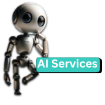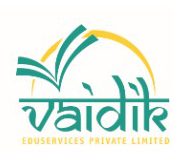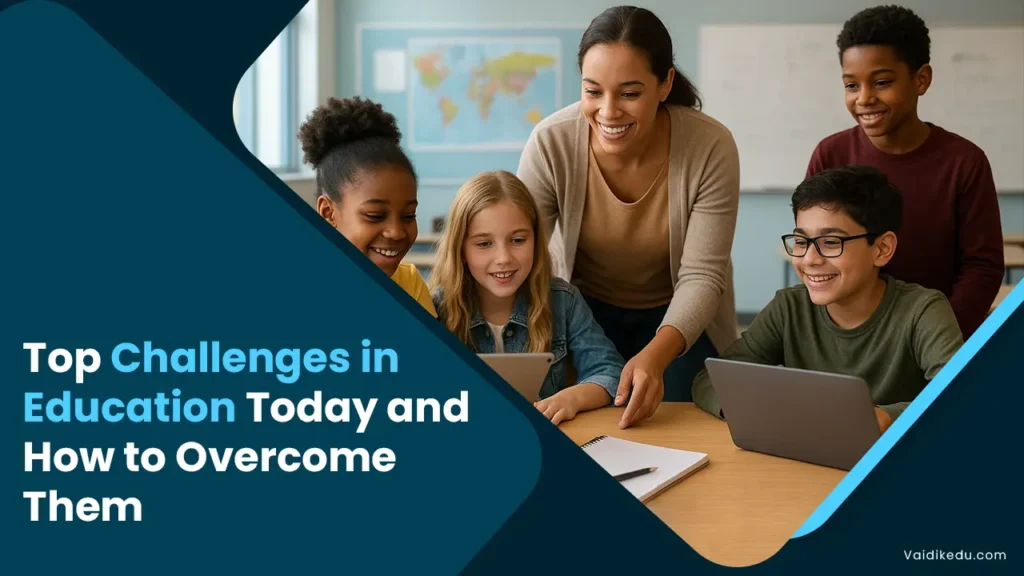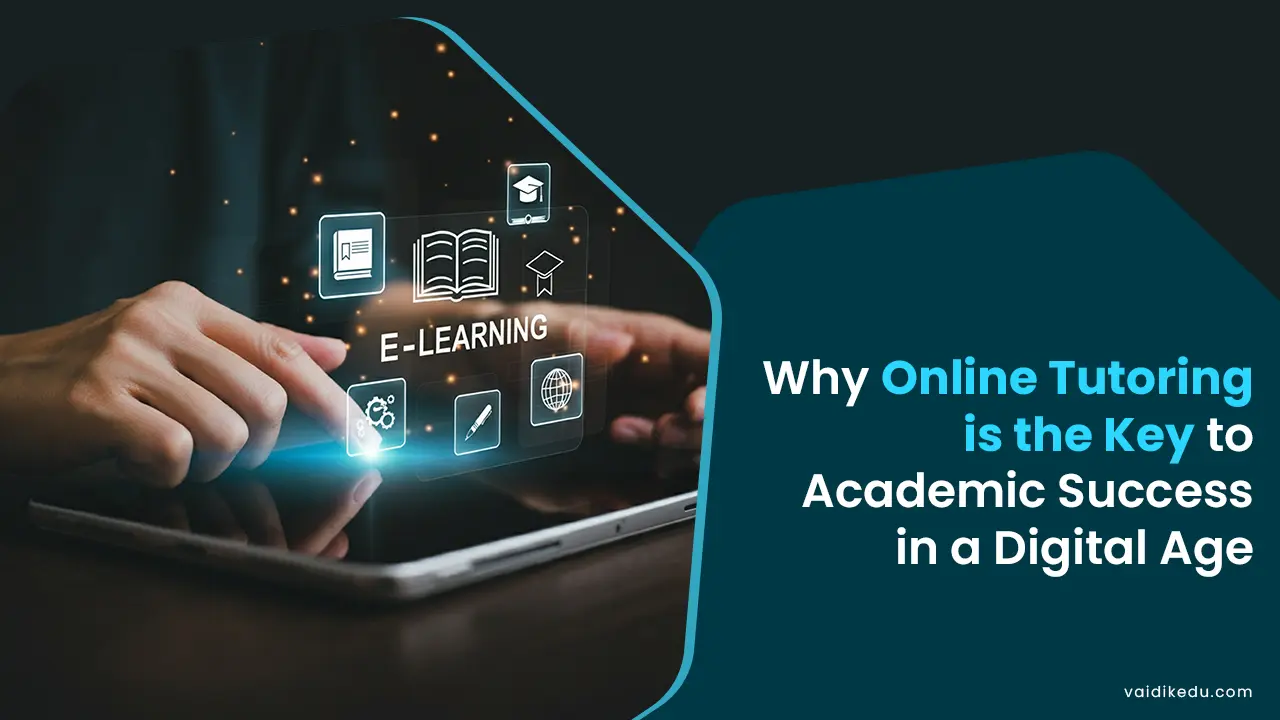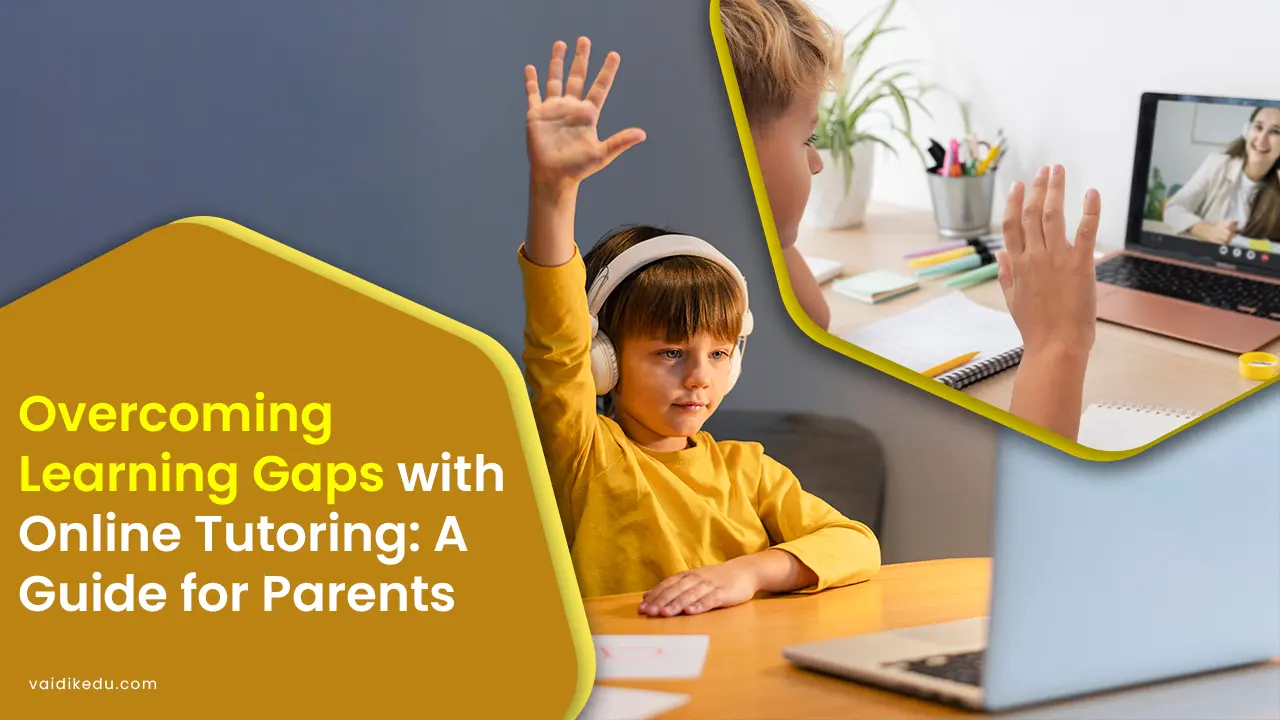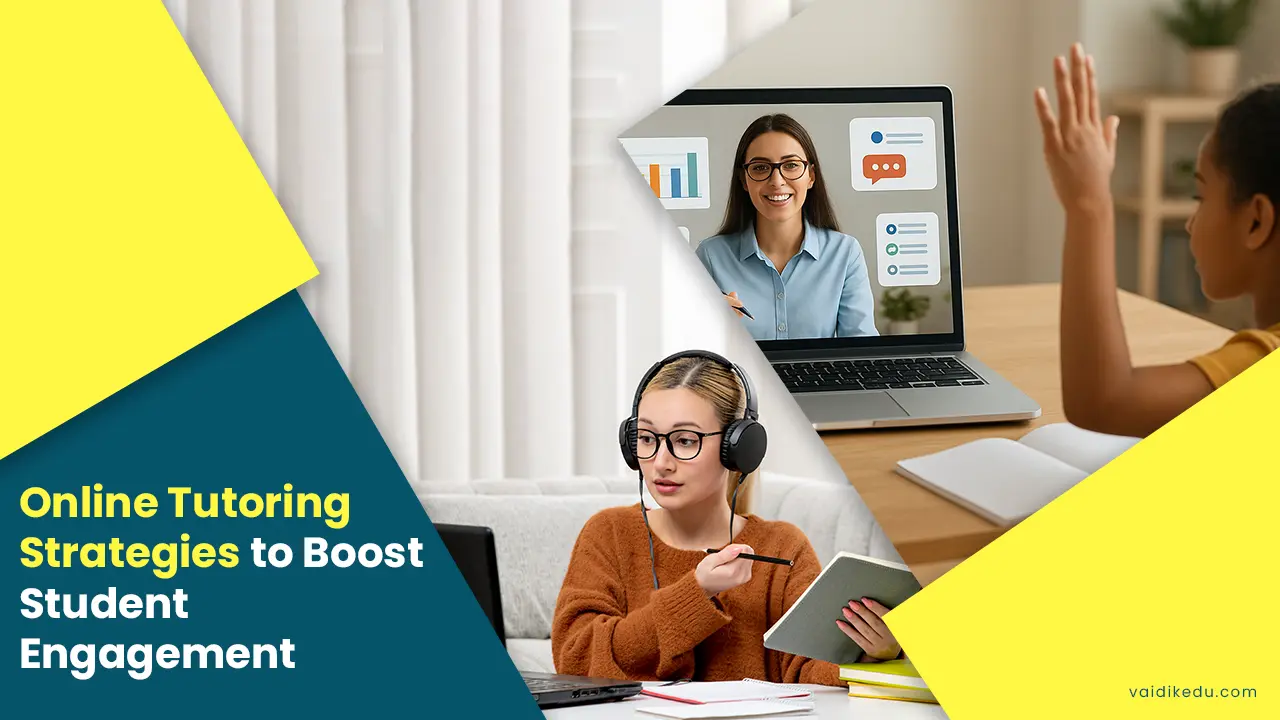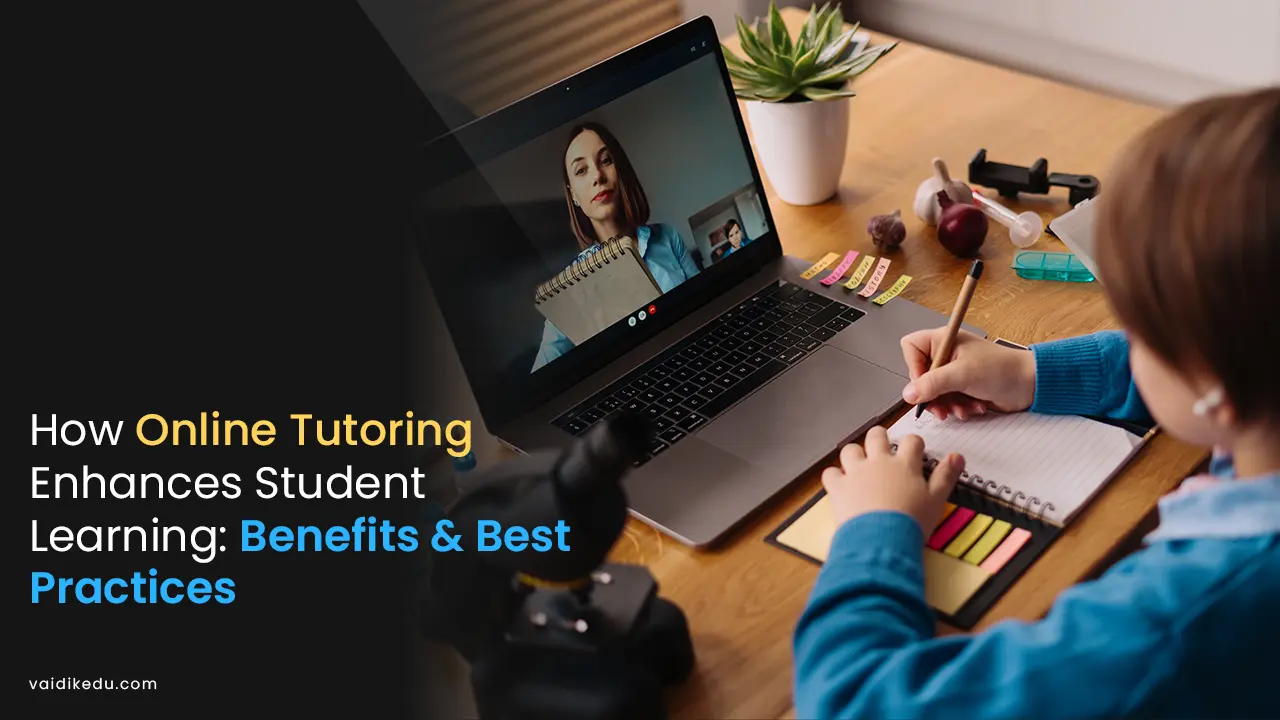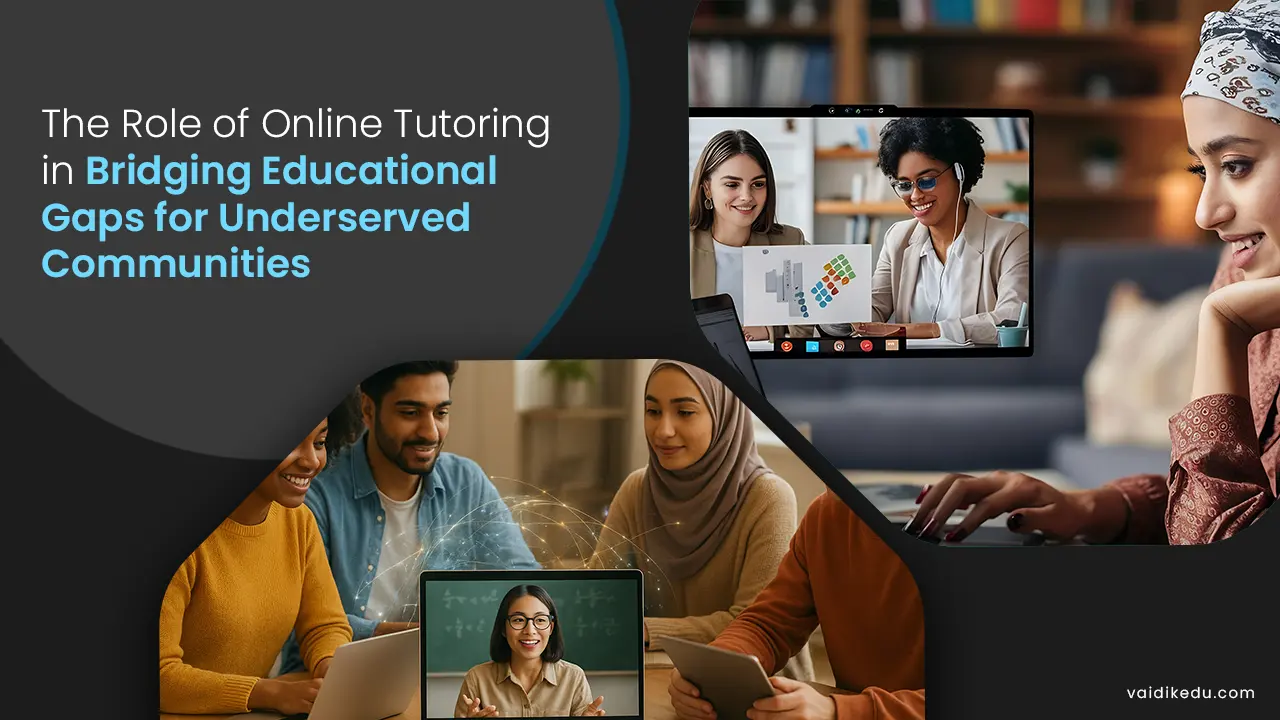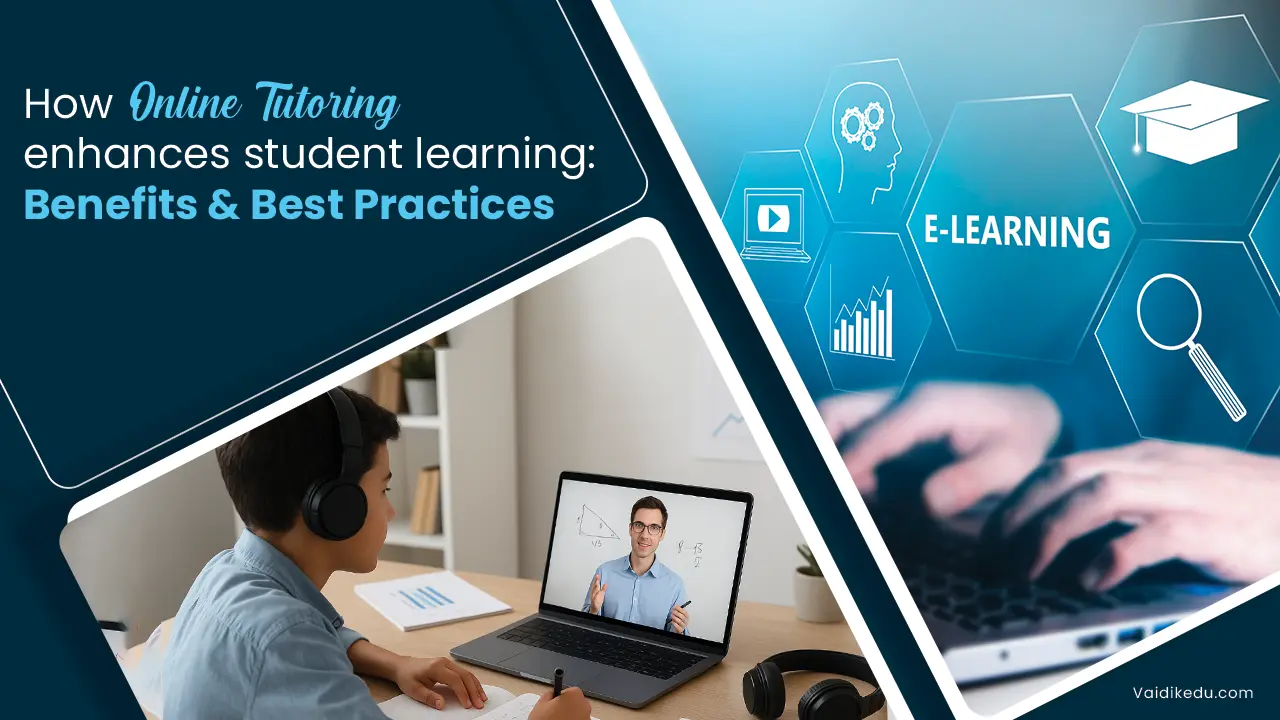Education is the root cause of both individual and societal growth; however, this sector in modern times faces significant challenges. Challenges like unequal access to quality learning resources, the effects of technology, and the shifting modes of teaching all pose difficulties, ranging from diverse and multifaceted ones.
Students, teachers, and institutions all bear the brunt, requiring innovation for a more accessible, effective, and sustainable education system. This blog looks at the greatest challenges in education today and proposes solutions to address them.
Introduction To Education Challenges
Education forms the bedrock of economic development, cultural preservation, and personal empowerment. Despite this, inequalities, inadequate funding, obsolete curricula, and technological gaps represent significant systemic obstacles. The world’s worst pandemic, COVID-19, has further aggravated such factors by hindering learning for millions of learners globally.
Therefore, stakeholders have to come together and redefine education on principles of access, adaptability, and sustainability.
Top Challenges in Education
1. Unequal Access To Quality Education
Quality education is still needed, due to unequal access to quality educational resources. Low-income countries and rural areas are mainly the affected ones. Poverty and hunger increase this gap further because of inequality between sexes; the other contributor could be the lack of infrastructure in some areas.
How To Tackle:
Government Policies: Invest in school construction, qualified teachers, and free learning materials.
Non-Governmental Efforts: Organizations and charities can provide scholarships and after-school programs to poorer communities.
Technology Solutions: Online learning platforms and satellite classrooms can be of great help in remote areas.
2. Technological Disparities
Even though technology has altered every dimension of education, it is not accessible to all students and their teachers. The digital gap stands out, particularly in rural communities, where the availability of internet connectivity and even basic devices is hard to access.
To overcome this:
Affordable Internet And Devices: Governments and technology companies can collaborate to ensure access to low-cost internet, as well as affordable devices.
Training Programs: Teachers and students must be trained to effectively use digital tools for learning and teaching.
Offline Resources: Developing offline-compatible apps and pre-loaded devices can ensure accessibility in areas without stable internet.
3. Outdated Curriculum And Teaching Methods
Traditional curricula often fail to address modern challenges, leaving students ill-equipped for the future. Additionally, rote learning methods discourage creativity and critical thinking.
How To Overcome:
Curriculum Reform: Implement life skills, digital literacy, and environmental education into the curriculum.
Student-Centered Learning: Emphasize learning through activities, problem-solving, and cooperation in teaching methodologies.
Continuous Feedback: Teachers need to continually review and modify their approach in terms of trends
4. Teacher Shortages And Burnout
Teachers are the first and foremost resources in education, and many countries, however, do face a tremendous shortage of quality instructors. Overburdening is one of the root causes of their burnout leading to the fall in quality in teaching.
How To get over This scenario:
Competitive Salaries: Governments must provide proper pay and allowance to attract capable teachers.
Professional Development: Through regular training camps, teachers get updated with all the latest approaches in teaching methods.
Work-Life Balance: Schools should develop policies that decrease administrative burden and support teachers’ mental health.
5. Student
Mental Health Issues
The rising number of students’ mental health issues are a very serious issue. The key contributors include high academic pressure, the influence of social media, and lack of emotional empowerment all causing anxiety and depression and eventually burnout.
How To Overcome:
Counseling Services: Providing access to trained counselors can help students address their issues.
A Supportive Environment: Teachers and parents should enable the students to enjoy open communication for seeking help when in need.
6. Lack of Funds
Resource, infrastructure, and trained human resource constraints result in decreased quality education. The worst-hit public schools are found in poor backgrounds.
How to Overcome:
More Allocation of Budget: Governments should increase the budget on education.
Public And Private-Public Sector Partnership: Public and private sectors provide added resources.
Community Input: Communities can raise funds and participate as volunteers.
7. Change Resistance
The education system often resists change based on bureaucratic issues, ignorance of the new idea, or fear of altering prevailing sources. This creates a stale environment where innovation and development are not triggered.
How To Overcome
Stakeholder Engagement: Involving teachers, students, and parents in decision-making processes.
Pilot Programs: Introduce new programs in a small-scale setting before expanding them.
Awareness Campaigns: Instruct the stakeholders about the positive impacts of the proposed changes and win them over.
8. Bullying And Discrimination
Bullying and discrimination against race, gender, or class may make the learning environment hostile and influence the mental well-being and performance of the students in the study.
Overcoming Bullying And Discrimination:
Zero-Tolerance Policies: The school should have very strict policies regarding bullying and help victims.
Inclusive Education: Teach and promote awareness of diversity and inclusion through various awareness programs and workshops.
Monitoring Systems: Regular monitoring of school environments to identify issues early enough.
9. Global Crises And Natural Disasters
Pandemics, wars, and natural disasters affect the education system; therefore, schools have to close down or opt for online learning in a crisis.
How to Overcome:
Preparedness Plans: Prepared contingency plans for continuation of education during crises
Technological Advancement: Arm the schools with technologies that can ensure a smooth shift to online classes
Global Collaboration: Groom cooperation at global levels to tackle the massive disasters leading to educational dislocations.
Way Ahead
The mentioned challenges require united efforts from the government, teaching community, parents, and learners. The education system of tomorrow needs to be innovative, accessible, and versatile in the dynamic world that such a system calls for.
Effective integration of adaptive learning and instructional design presents the potential to be transformative for personalized education. The use of adaptive learning is ensured so that learners are offered content relevant to their needs, strengths, and weaknesses at appropriate times.
Structured instruction is brought through the process of instructional design to ensure the proper alignment of such personalized learning with defined learning objectives that support the proper retention of knowledge and skills acquisition.
The synergy between the two approaches forms a dynamic environment for learning, driving learners to become masters of their own learning path. Adaptive learning systems adapt on the fly with immediate feedback guiding learners toward mastery.
Meanwhile, instructional design guarantees that the content is engaging while aligned with more general educational objectives. Together, they offer scalable solutions, reaching diverse audiences regardless of previous knowledge or personal learning preferences.
The near future will have the adaptive learning and instructional design system as a more personalized and immersive experience, incorporating AI-driven systems, virtual reality, and augmented reality.
These innovations will help increase educators’ ability to accommodate individual learning needs, making education more inclusive, efficient, and effective for all learners. Adaptive learning and instructional design are indeed a perfect match for personalized education.
Conclusion
Education is one of the powerful catalysts for societal progression but is highly challenged within the modern setup. The problems of inequality, disparities in the use of technology, and the psychological well-being of students allow a more holistic and effective learning system. However, these solutions must come from the governmental, institutional, and community levels toward sustainable solutions.
Frequently Asked Questions
Unequal access to quality education is one of the most urgent issues, especially in rural and low-income areas.
Schools can offer counseling services, promote mental health education, and establish a friendly environment for students.
Outdated curricula cannot prepare students for the challenges of modern times. Reform ensures that education remains relevant and effective.
Online education has flexibility and accessibility, but it cannot replace the social and emotional benefits of traditional classrooms. A hybrid approach may be the best solution.

